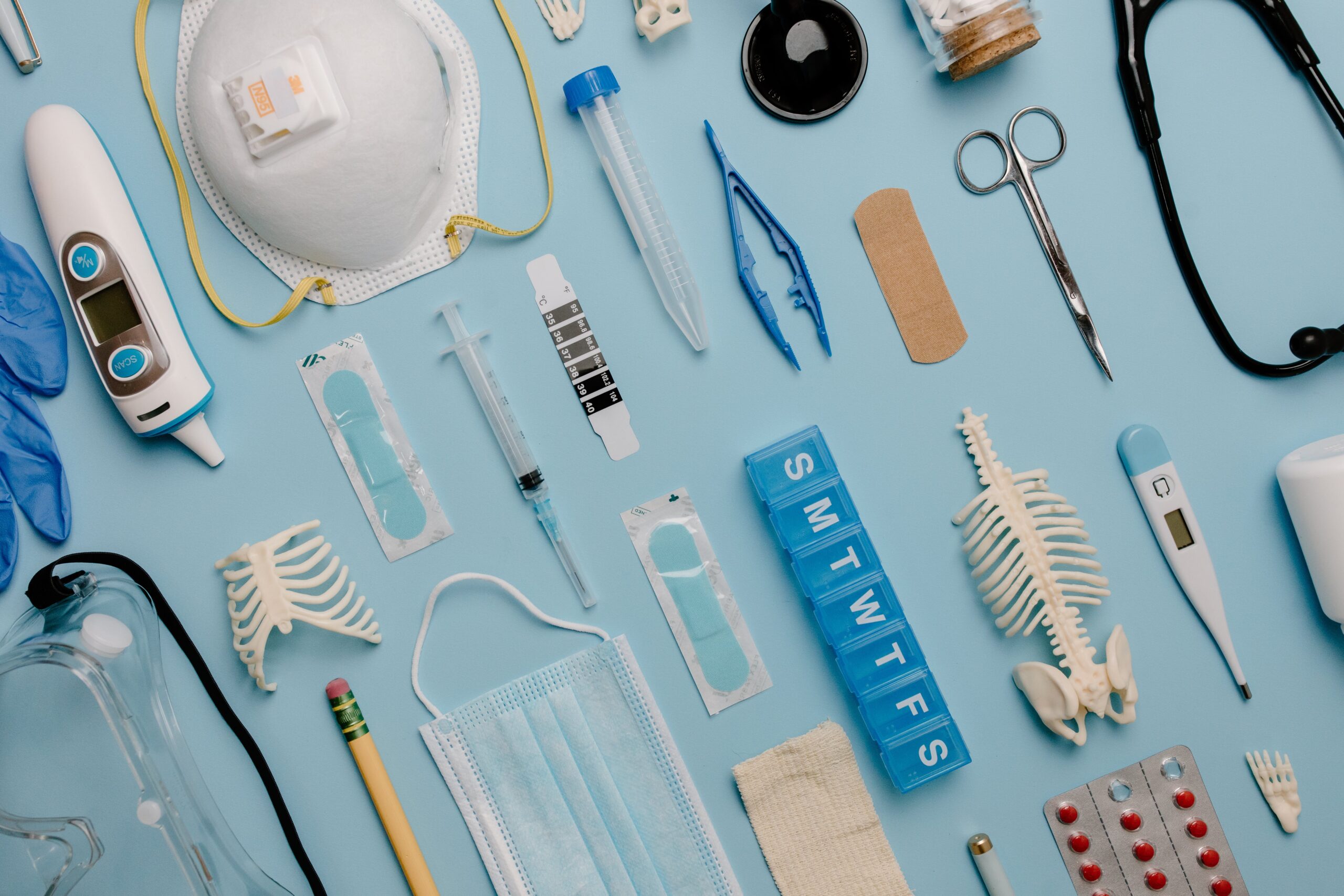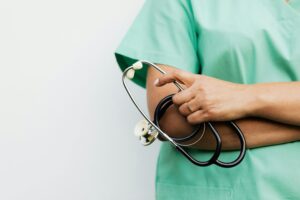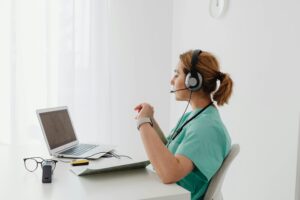What are medical school clerkships? This is one of the most frequently asked questions WUSOM admission committee often hears from medical school applicants. To put it quite simply, medical school clerkships are essentially hands-on clinical rotations where medical students work directly with patients under the supervision of licensed physicians.
Clinical rotations usually start when you complete two-years of class training and are finally ready to step outside the classroom to practice medicine in real clinical settings. Medical clerkships open doors to many invaluable opportunities for international medical students to participate in various clinical rotations in different medical specialties during the third and fourth year of medical school.
With these clinical experiences, medical students can build a professional network, learn how to work with diverse patient profiles and treat complicated health issues. Clinical rotations typically take place in various medical specialties such as internal medicine, surgery, pediatrics, obstetrics and gynecology, psychiatry, and more.
Let’s explore in detail what are clerkships in medical school and how clinical rotations can better prepare you for a rewarding medical career.
What is a Clinical Clerkship?
Clinical Sciences, unlike Basic Sciences, are taught in practice-based settings. Students gain hands-on experience which is the foundation of clinical medicine in hospitals, physician offices, surgical centers, health departments and ambulatory care centers. Clinical rotations introduce you to different shades of medical diagnoses. You will learn how to treat patients using the knowledge you learned in the classroom. With the help of residents and attending physicians, students will learn how to interpret medical reports and practice medicine.
Why are Clinical Rotations Important for Medical Students?
Clinical rotations are full immersive learning experiences in practice-base settings, allowing students to have one-on-one patient interactions and integrate basic sciences in a clinical aspect. The goal of clinical clerkships is to consolidate clinical skills and complement traditional classroom learning in a more structured physician-patient setting.
Gaining hands-on experience enables students to bridge the academic and practice-based worlds to gain the skills necessary for pursuing a career in medicine. Under supervision, students have their first experience of providing patient care during rotations.
They learn to take medical histories, perform physical examinations, interpret diagnostic tests, develop treatment plans, and participate in medical procedures. The interaction with patients can have a great impact on transforming a medical student into a good doctor.
Clerkships in Windsor University School of Medicine
Clerkships are an integral part of the curriculum we offer at WUSOM, as they offer practical experience and help students develop essential clinical skills, professionalism, and bedside manner. These experiences are crucial for preparing students for their future roles as physicians. Such clinical training equips medical students to deliver outstanding and patient-centered care.
Clinical clerkships WUSOM offers to its students offer a distinctive combination of experiences and tools required for preparing yourself to become a qualified physician. During clerkships, students have the opportunity to apply the knowledge they’ve gained in the classroom to real-life patient care scenarios. Clerkships provide valuable exposure to different medical specialties, helping students to explore potential career paths within the field of medicine.
Different Clinical Clerkships offered at WUSOM
At WUSOM, Clerkships are divided into core rotations and elective rotations. Students begin their core selective rotations during the 3rd year (MS3). Medical school clerkships occur during MS3 and MS4 provide opportunities to practice medicine under the supervision of highly experienced physicians. Through clinical rotations, students can sharpen their clinical skills and learn how to evaluate, diagnose and treat patients with complex health issues.
Students complete the following selective rotations in MS3 year:
- Family Medicine
- Surgery
- Pediatrics
- Obstetrics/Gynecology
- Psychiatry
Once they complete the selective rotations, students can find elective rotations and choose what they love to prepare for their future career during the 4th year.
Here is a list of elective rotations students can choose at Windsor University School of Medicine:
- Cardiology
- Nephrology
- Neurology
- Geriatrics
- Hematology & Oncology
- Infectious Disease
- Pain Management
- Geriatrics, Emergency Medicine
- Radiology
- Dermatology
- Pulmonology
- Urgent Care
- Gastroenterology
- Pathology
- Anesthesiology
- Orthopedics
- Urology, Neurosurgery
- Trauma Surgery
- Cardiothoracic Surgery
- Vascular Surgery
- Plastic surgery
- ENT
- Ophthalmology
Duration of Clinical Rotations
The total time spent on clinical rotations may vary depending on the medical school. However, at WUSOM, medical students spend four weeks on each rotation. Selective rotations and elective rotations typically span 12 weeks, which means you need to spend a total of 24 weeks in clerkships to get medical training.
Requirements for Clinical Rotations
Students from the U.S., UK, Caribbean and across the world choose Windsor University School of Medicine as their first choice to get quality medical education. WUSOM is famous for providing top-tier education, internationally recognized curriculum and faculty dedicated to student achievement.
With a proven record of producing skilled physicians, WUSOM fosters a diverse learning environment with state-of-the-art campus facilities that draw individuals worldwide. The U.S. clerkship opportunities are one of the main reasons why students choose Windsor University School of Medicine. Students gain practical skills across various clinical settings, ensuring their readiness for future residency and medical practice.
To pursue U.S. clerkships, students must complete the following requirements:
- Medical Sciences curriculum (MS1 & MS2)
- Pass the USMLE Step 1 exam
Are You Ready for Clinical Rotations?
Clinical clerkships are a rewarding experience as you finally get a chance to participate in patient care in a real medical setting. It is an amazing opportunity to work with a team of residents, physicians and healthcare team to create a diagnosis and treatment plan to improve patients’ health. It is a new way of learning that prepares you to decide about the medical specialty you want to pursue. Learn how to succeed in your clinical rotations in this blog.







